If you have the opportunity to visit Hue to visit the Nguyen Dynasty heritage, you should take the time to visit the Hue Royal Antiquities Museum because this place is storing many valuable antiques of the Nguyen Dynasty.
The museum is located at 3 Le Truc, Hue City, always shaded by trees and very convenient for everyone to visit because it is next to Hue Imperial Citadel.
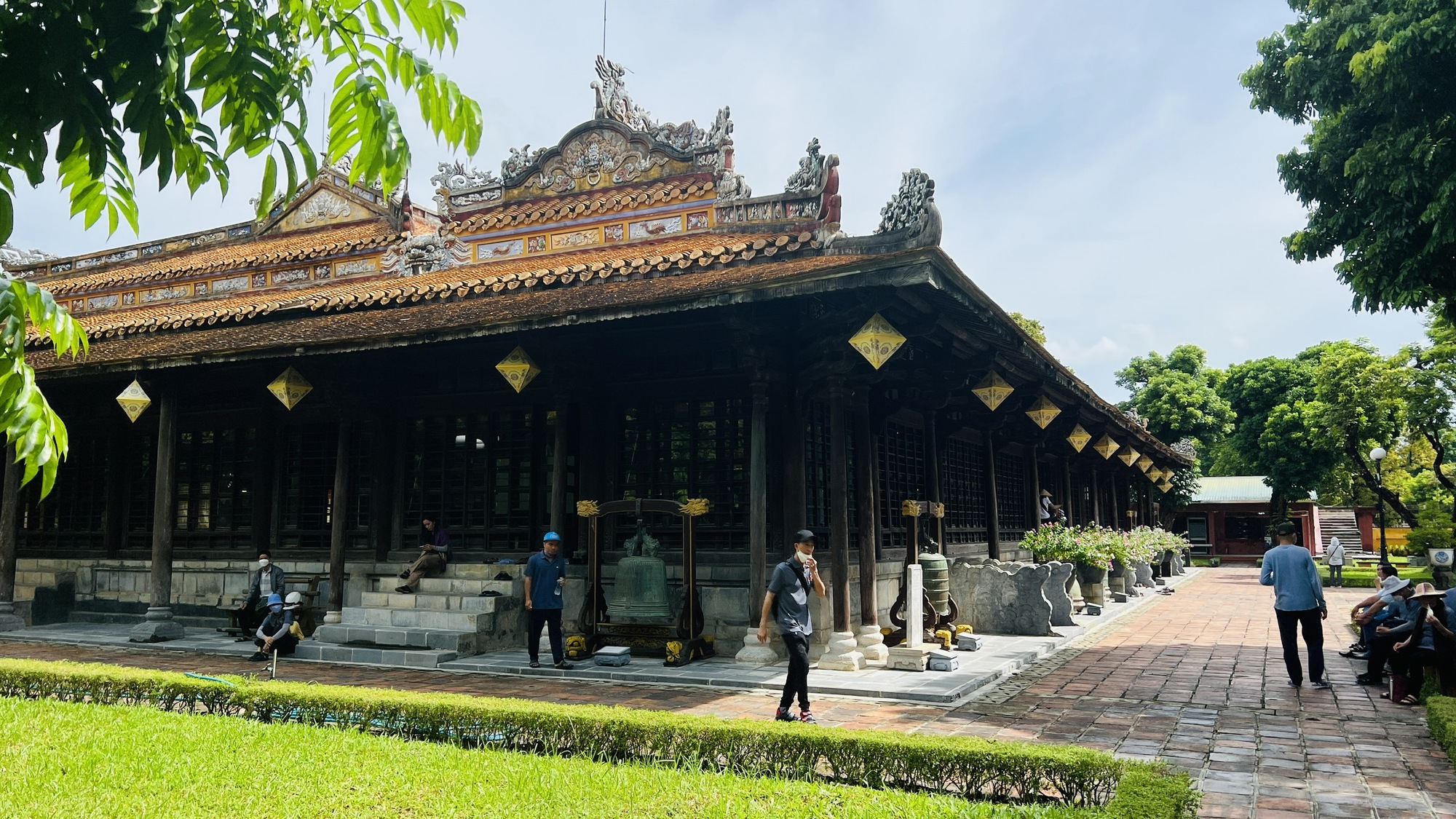
Long An Palace - built in 1845 under Emperor Thieu Tri (1841-1847) - is the main display place of the museum.
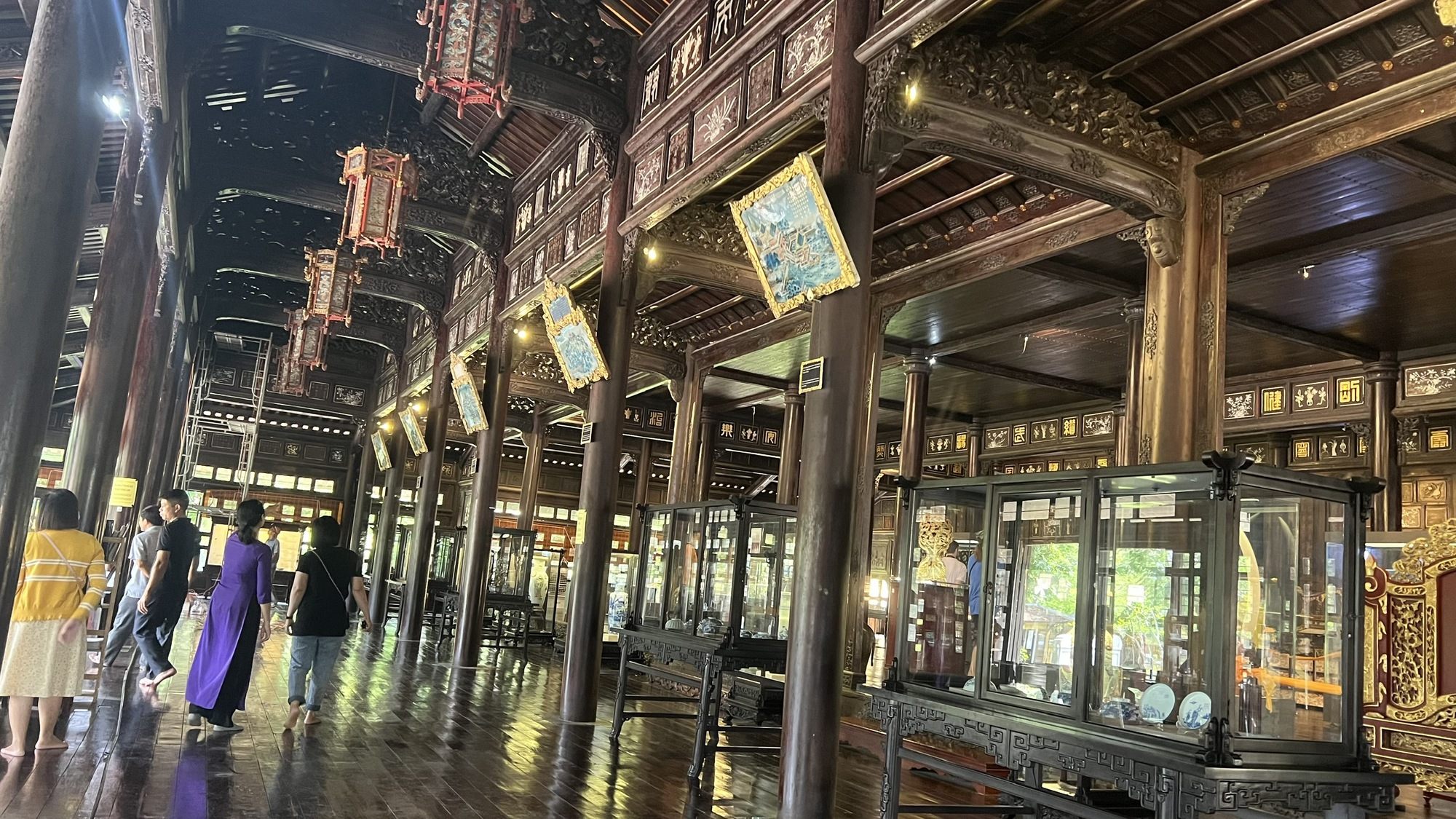
The Hue Royal Antiquities Museum is one of the first museums in Vietnam, established in 1923 with the original name Musée Khai Dinh (Khai Dinh Museum).
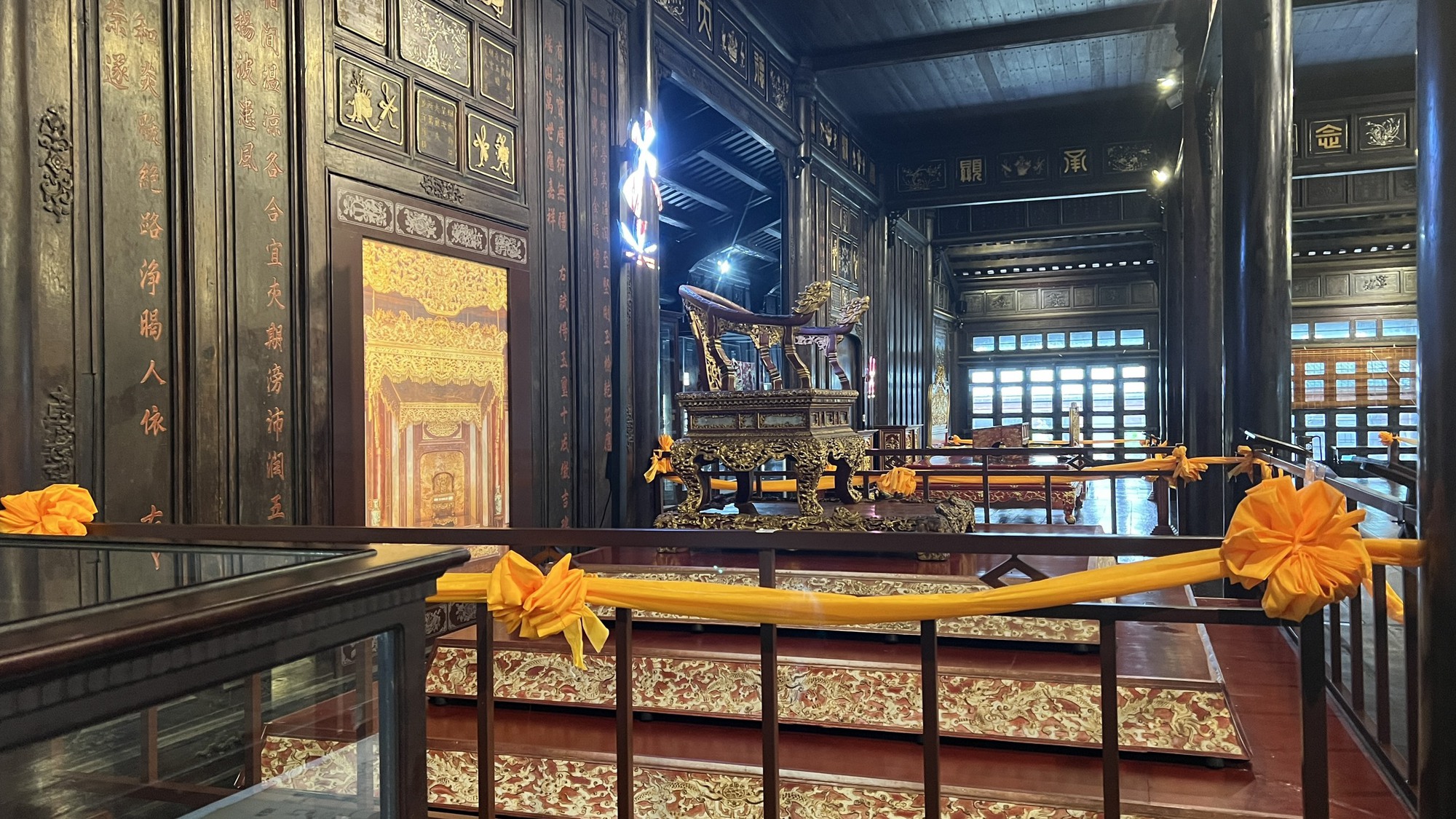
The Nguyen Dynasty throne was previously displayed at Thai Hoa Palace. Since this palace was dismantled for restoration, the throne has been moved to Long An Palace for display.
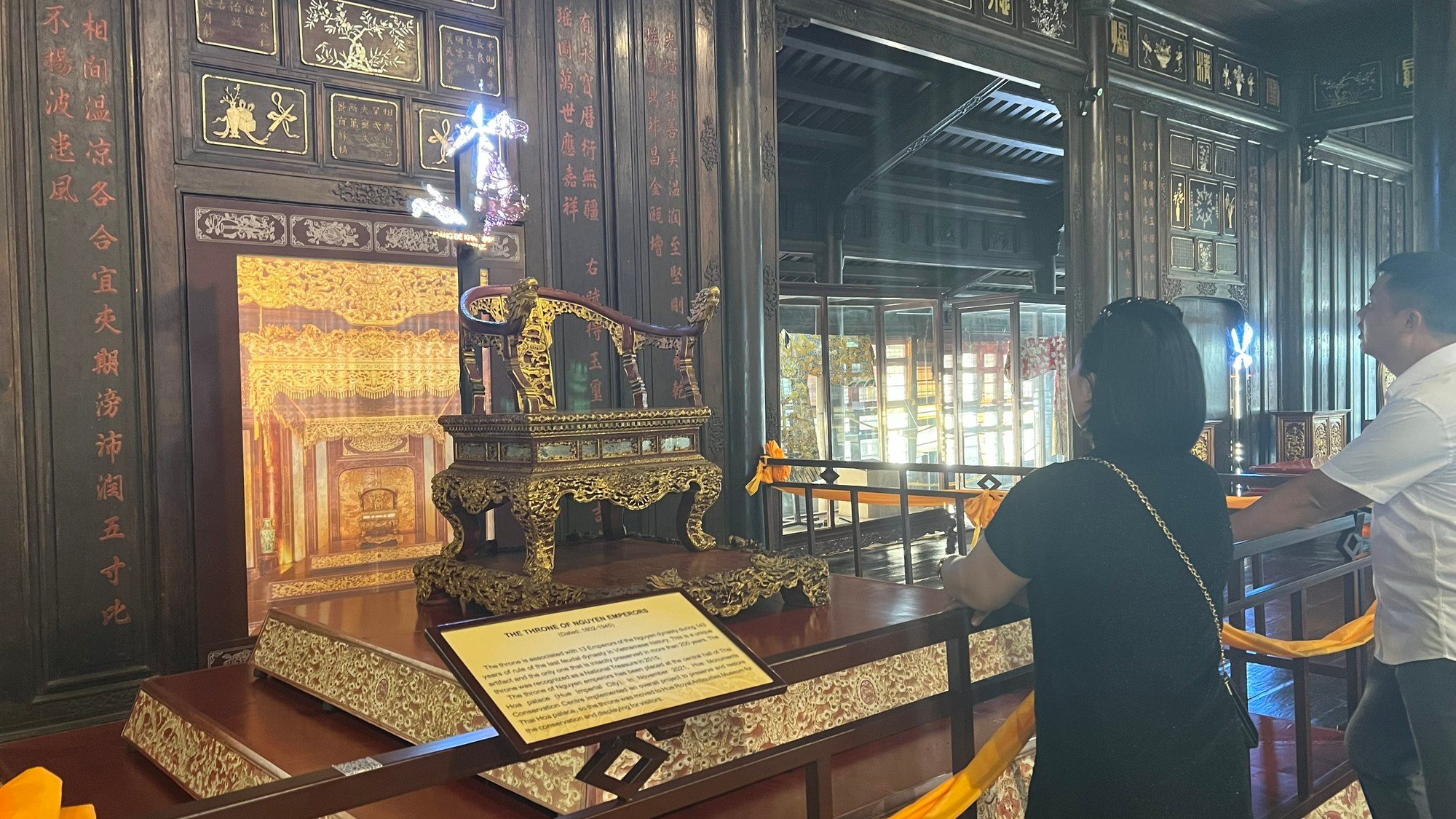
It is unclear when this throne was made and who made it, but based on many historical documents and documentary photos taken from the time of King Dong Khanh onwards, it is still the original throne.
Long An Palace - the main exhibition place of the museum - is one of the most beautiful royal architectural works in Vietnam that still exists today; it is one of the relics recognized by the United NationsEducational , Scientific and Cultural Organization (UNESCO) as a World Cultural Heritage in 1993.
This palace was built in 1845 under the reign of King Thieu Tri (1841-1847). This is a work in the Hue royal architectural style in the style of double houses (trung thiem diep oc), decorated very elaborately with carved details, inlaid with bones, ivory, mother-of-pearl...
Dien Long An was also the headquarters of the Association of Ancient Hue Scholars (Association des Amis du Vieux Hue - AAVH), a gathering place for scholars specializing in research on Hue in particular and Vietnam in general in the early 20th century.
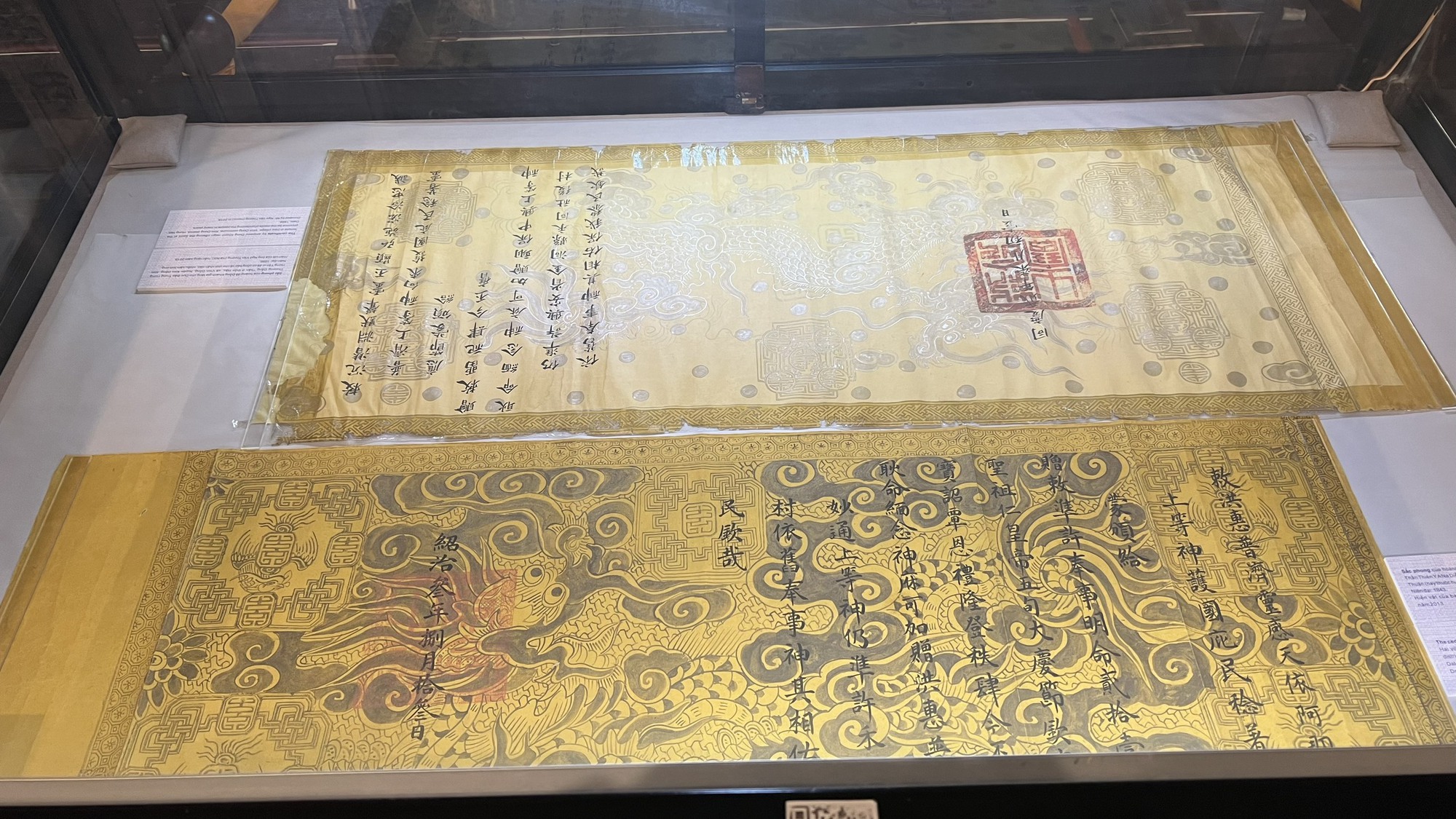
The royal decree of Emperor Thieu Tri bestowing the title of Superior Goddess Yana Dien Ngoc Phi - Cam Hai village, Hoa Da district, Binh Thuan province.
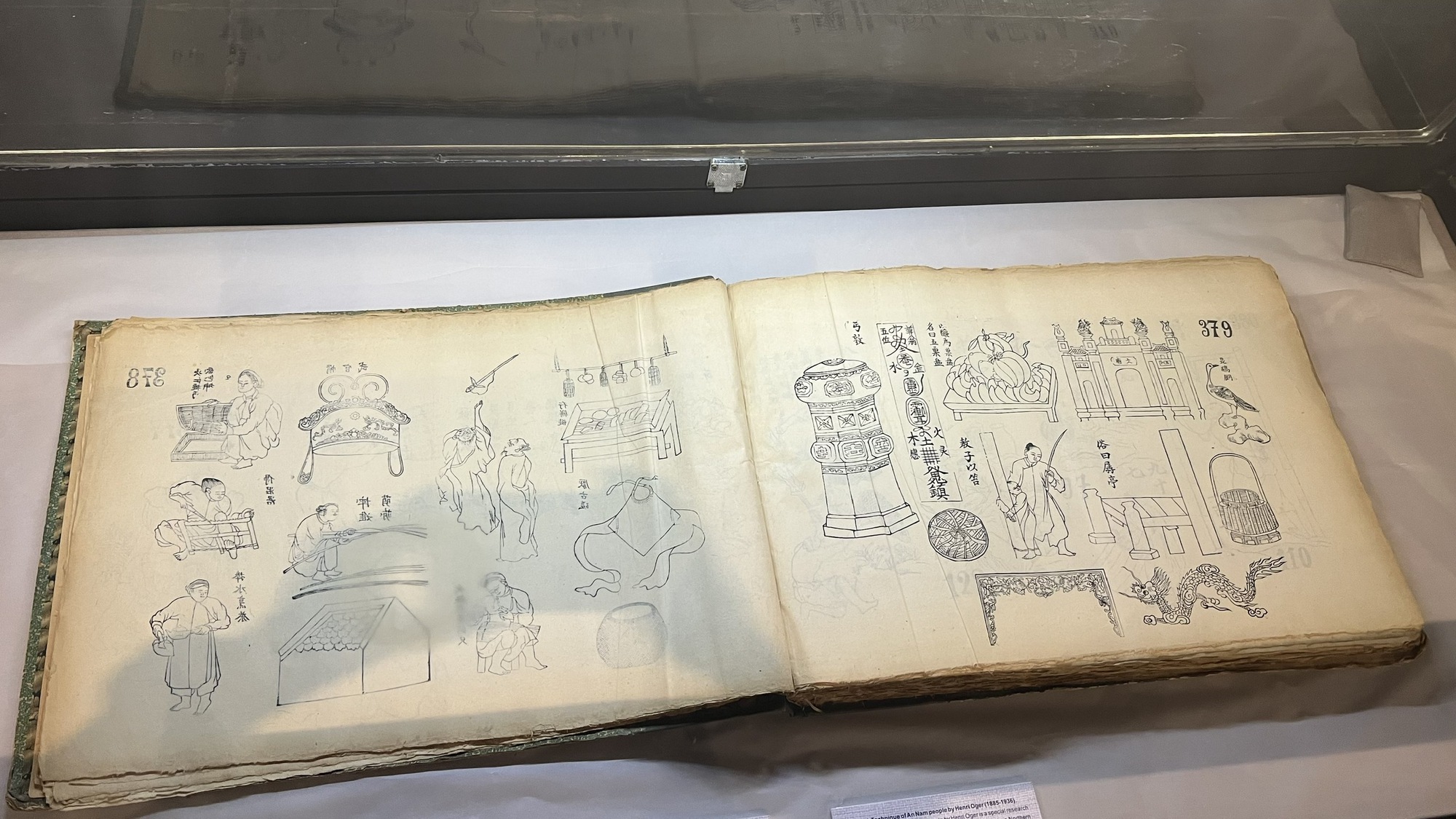
"The Annamese Technical Book" by Henri Oger (1885-1936)
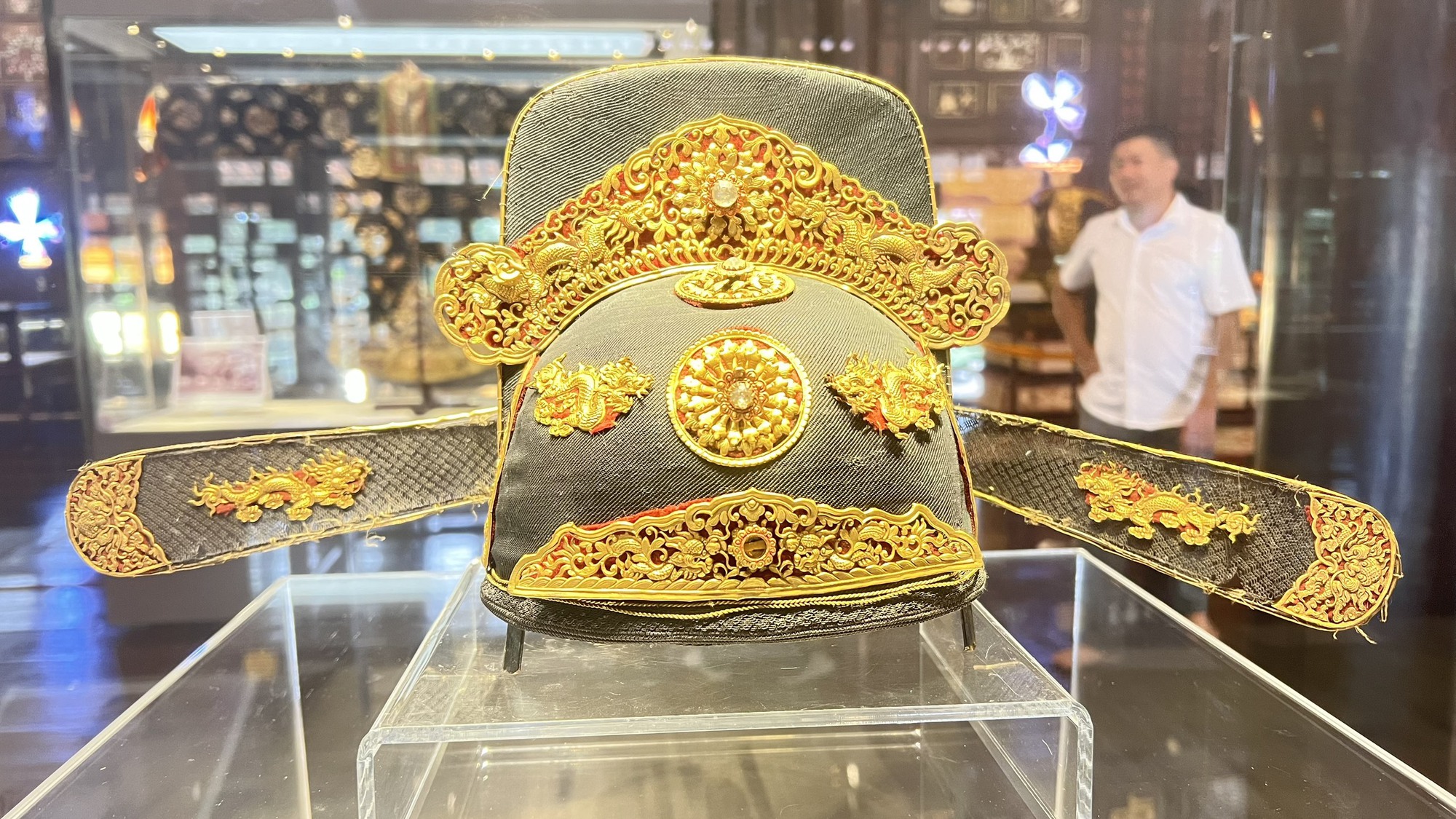
The imperial hat of the first-rank mandarin of the Nguyen Dynasty, dated late 19th century - early 20th century
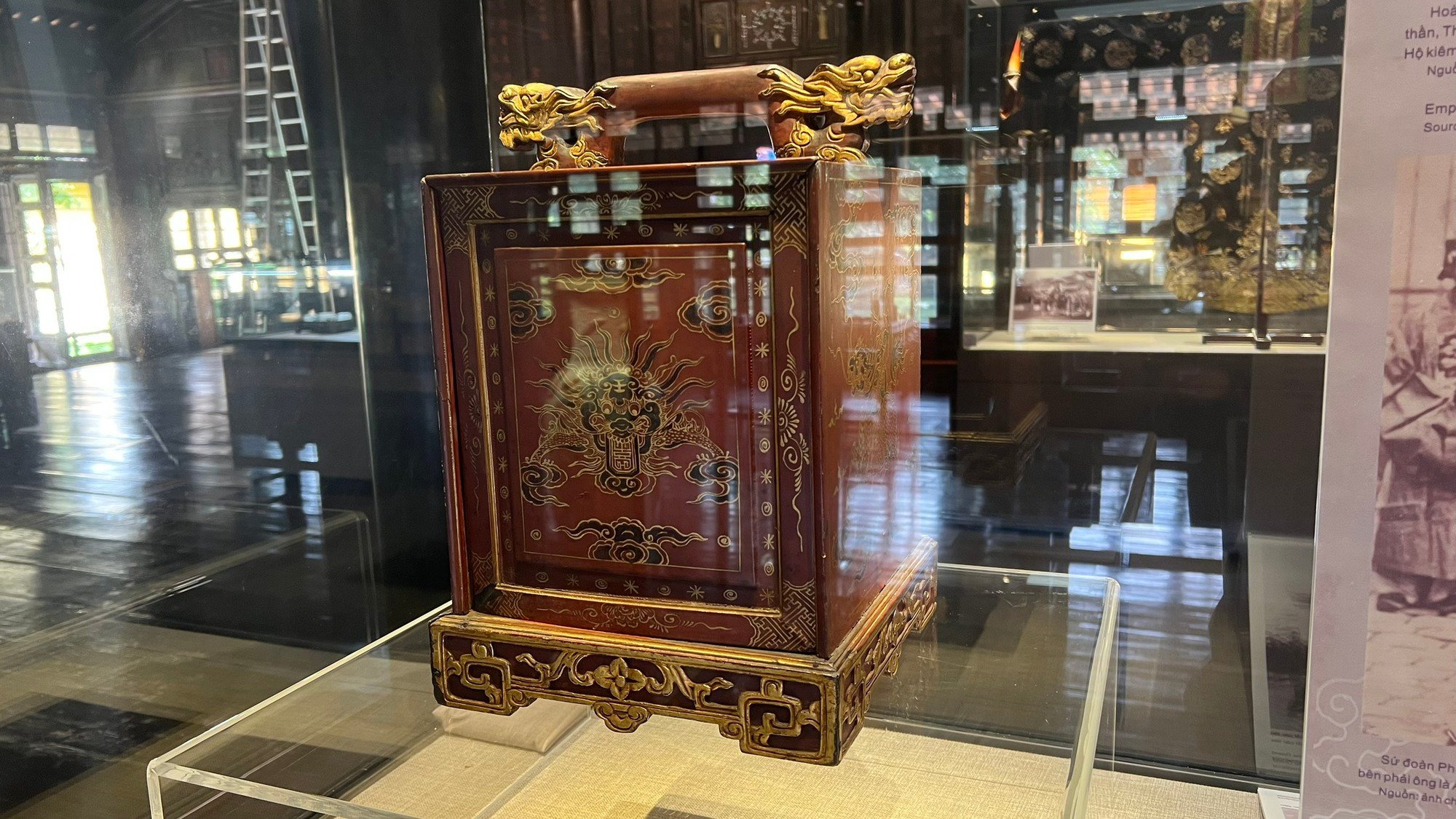
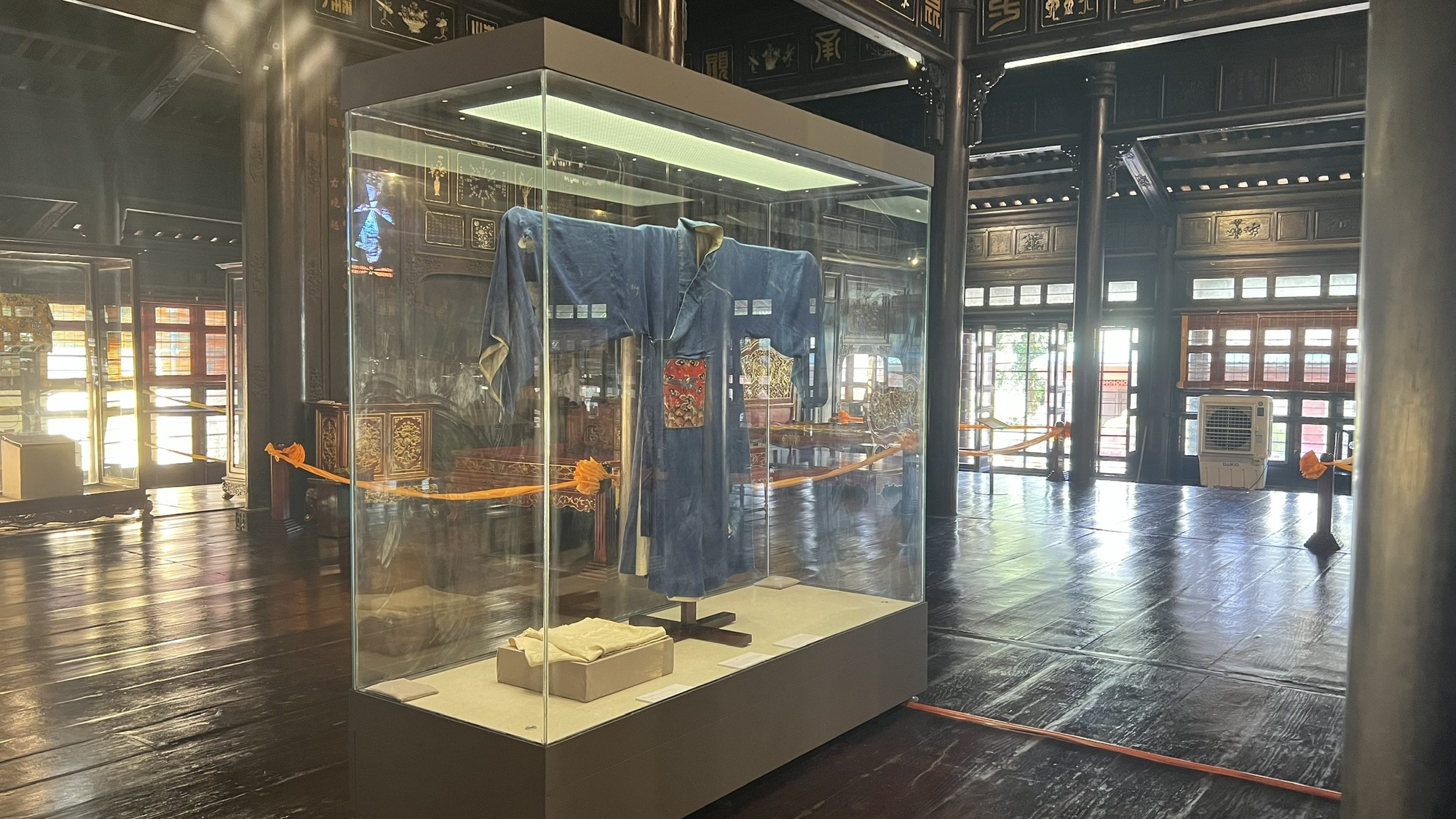
The court dress of civil mandarins. For third-rank mandarins, there was a square piece of cloth attached to the chest and back of the dress, embroidered with brocade on a yellow background; for fourth-rank to seventh-rank mandarins, there was a red background, embroidered with peacocks (fourth rank), swallows (fifth and sixth ranks), storks (seventh rank), pheasants (eighth rank), and domesticated birds (ninth rank).
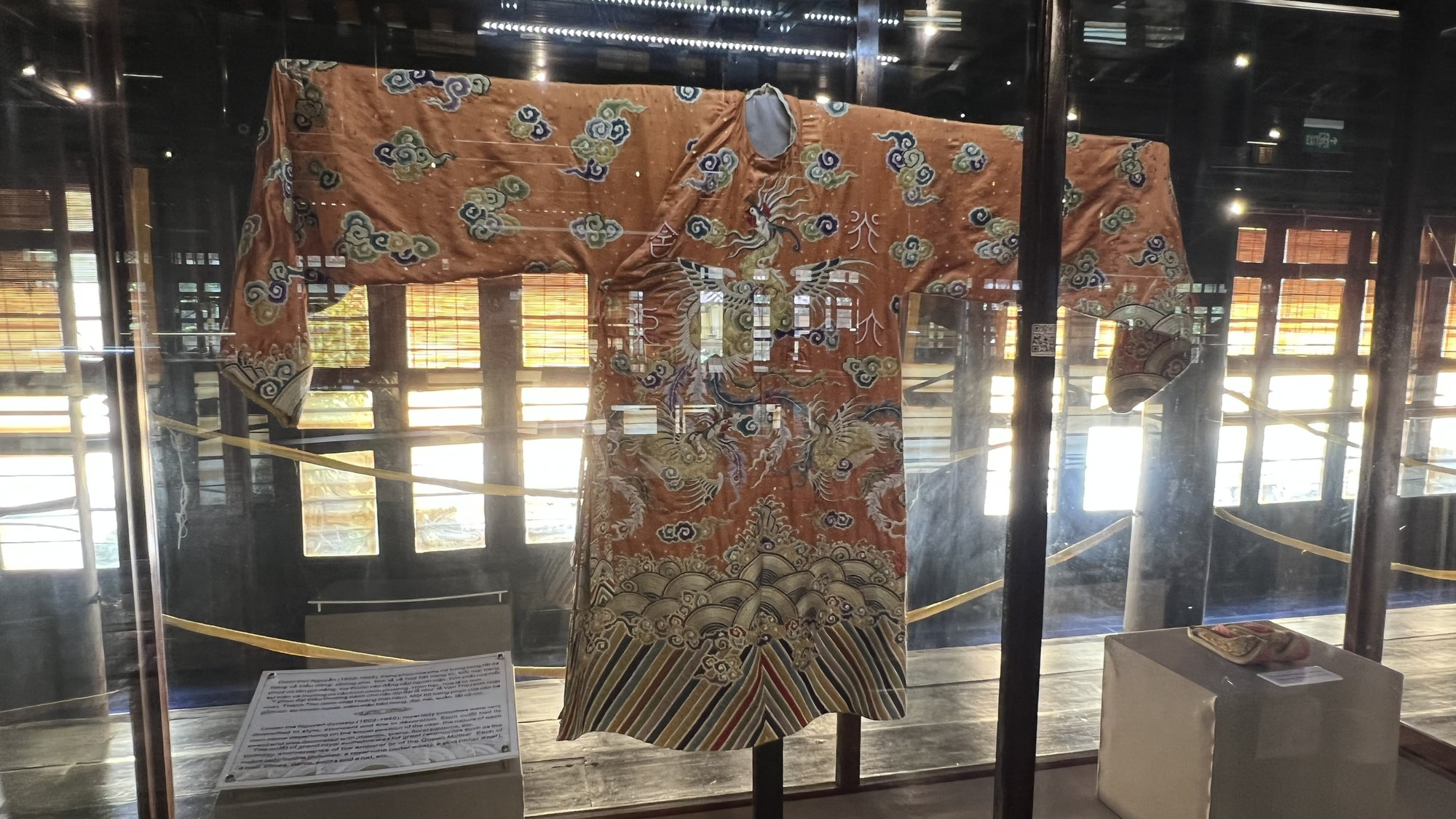
Women's costumes in the Nguyen Dynasty palace.
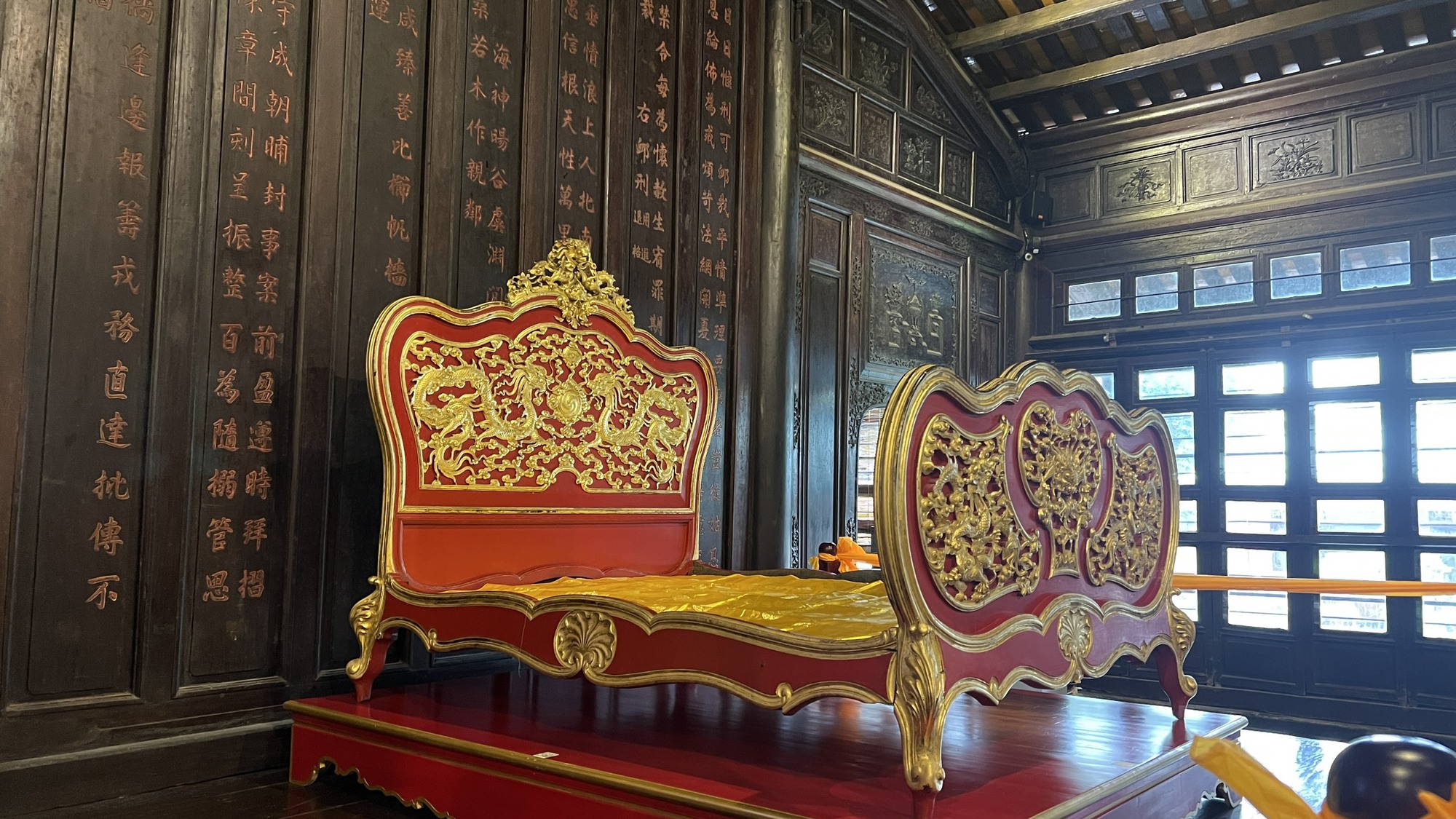
Emperor Khai Dinh's bed (1916-1925) made of gilded wood
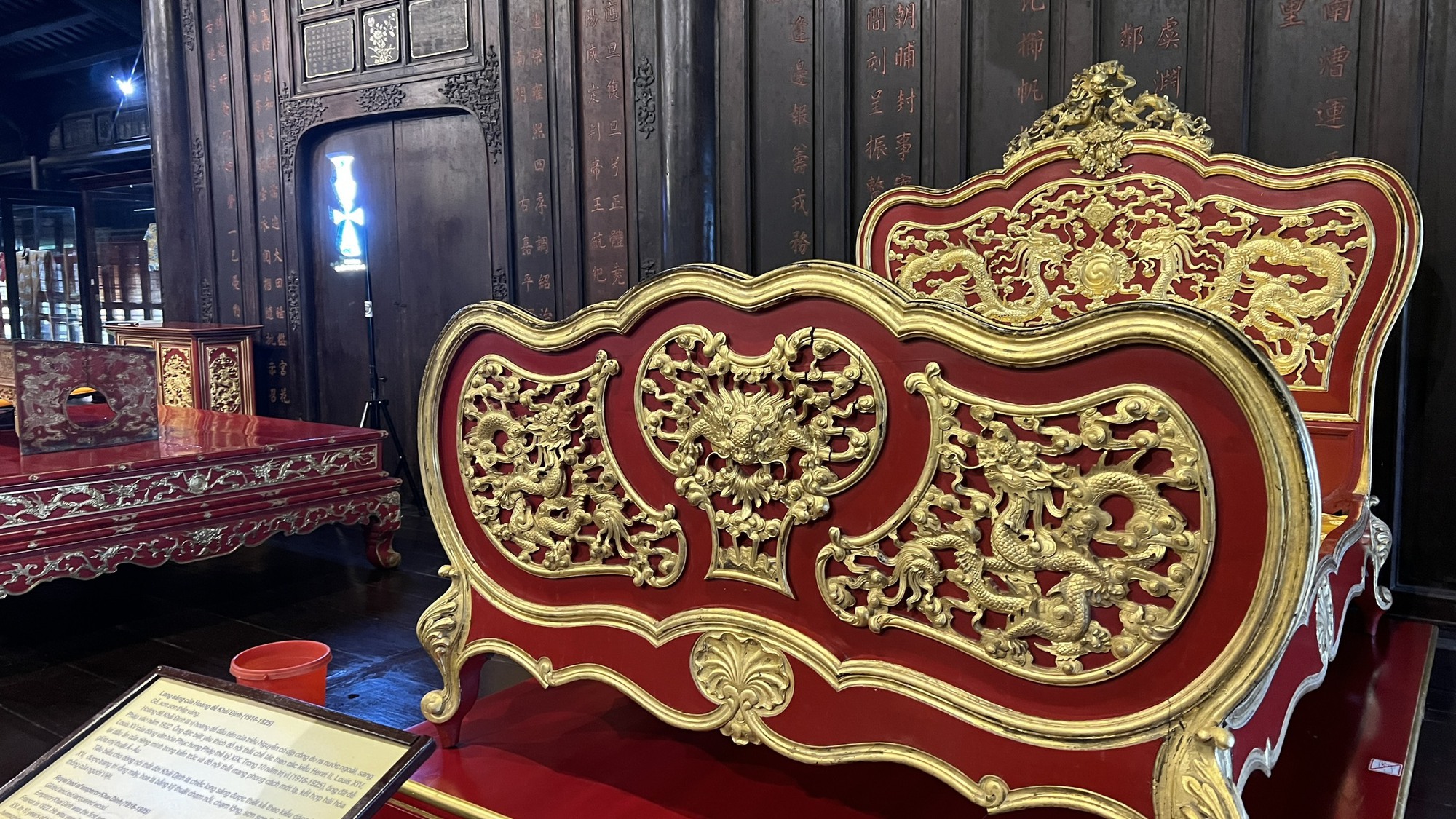
This dragon bed is designed with dragons, clouds, flowers and leaves using embossed and carved techniques, and is gilded with red lacquer.
The Hue Royal Antiquities Museum also owns the Champa antiquities area, established under the decision of December 26, 1927 of Emperor Khai Dinh to introduce typical works of Champa sculpture over many centuries, demonstrating the special position of Champa culture in the process of formation and development of unique values of Hue culture.
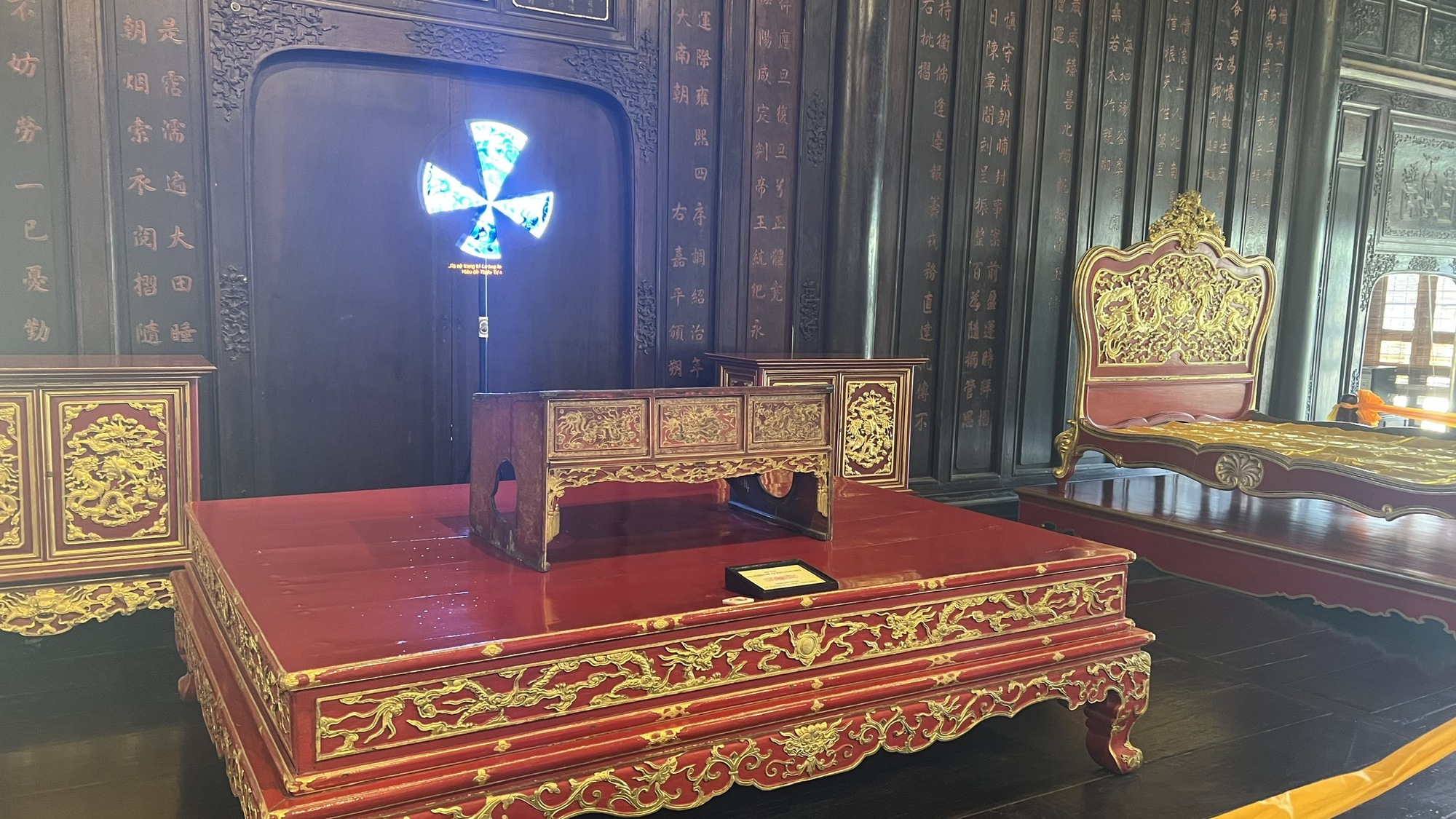
Nguyen Dynasty lacquered wooden cabinet (1802-1945)
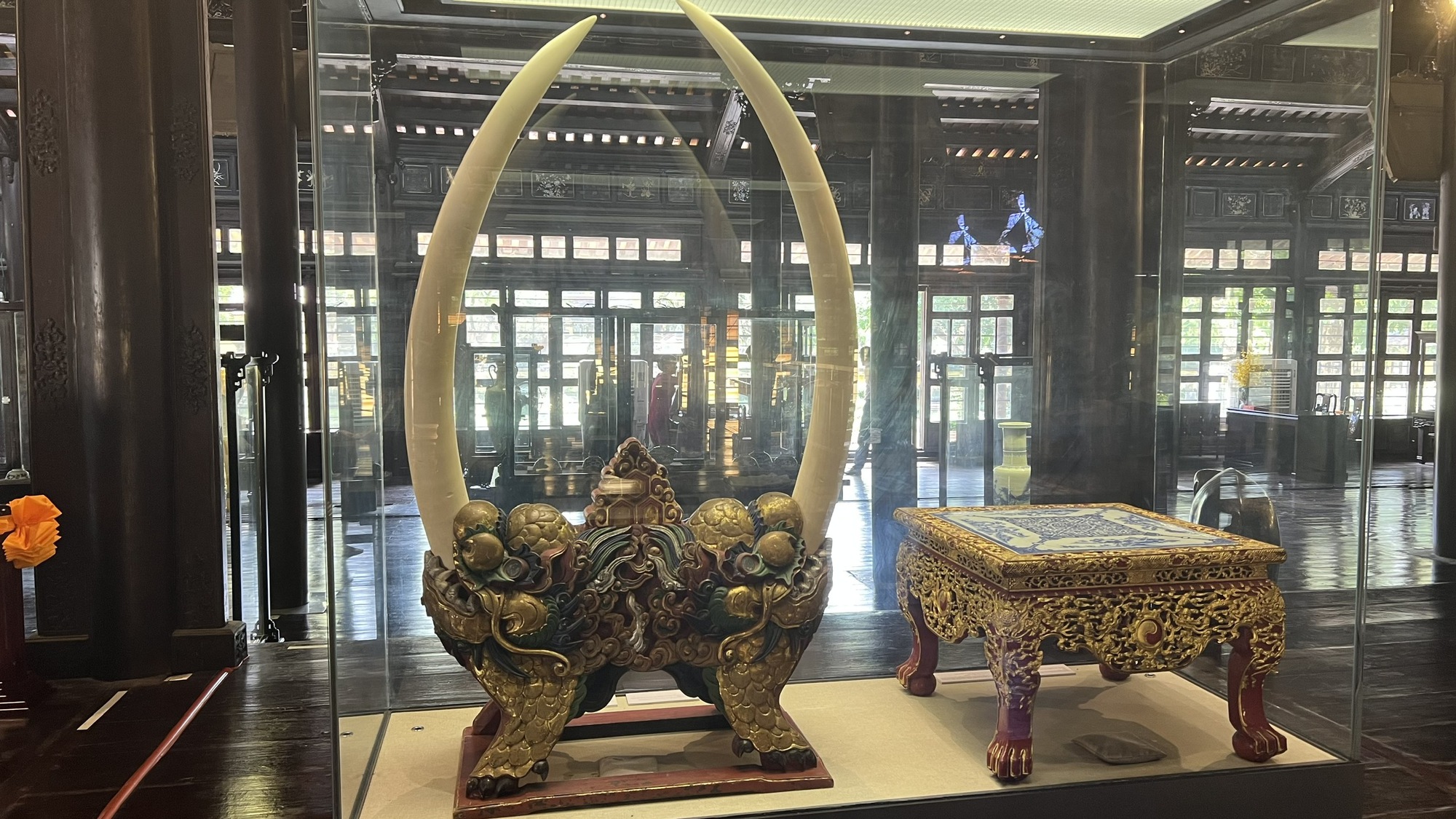
Pair of elephant tusks on a wooden base with embossed dragon motif, painted with five-color gilding
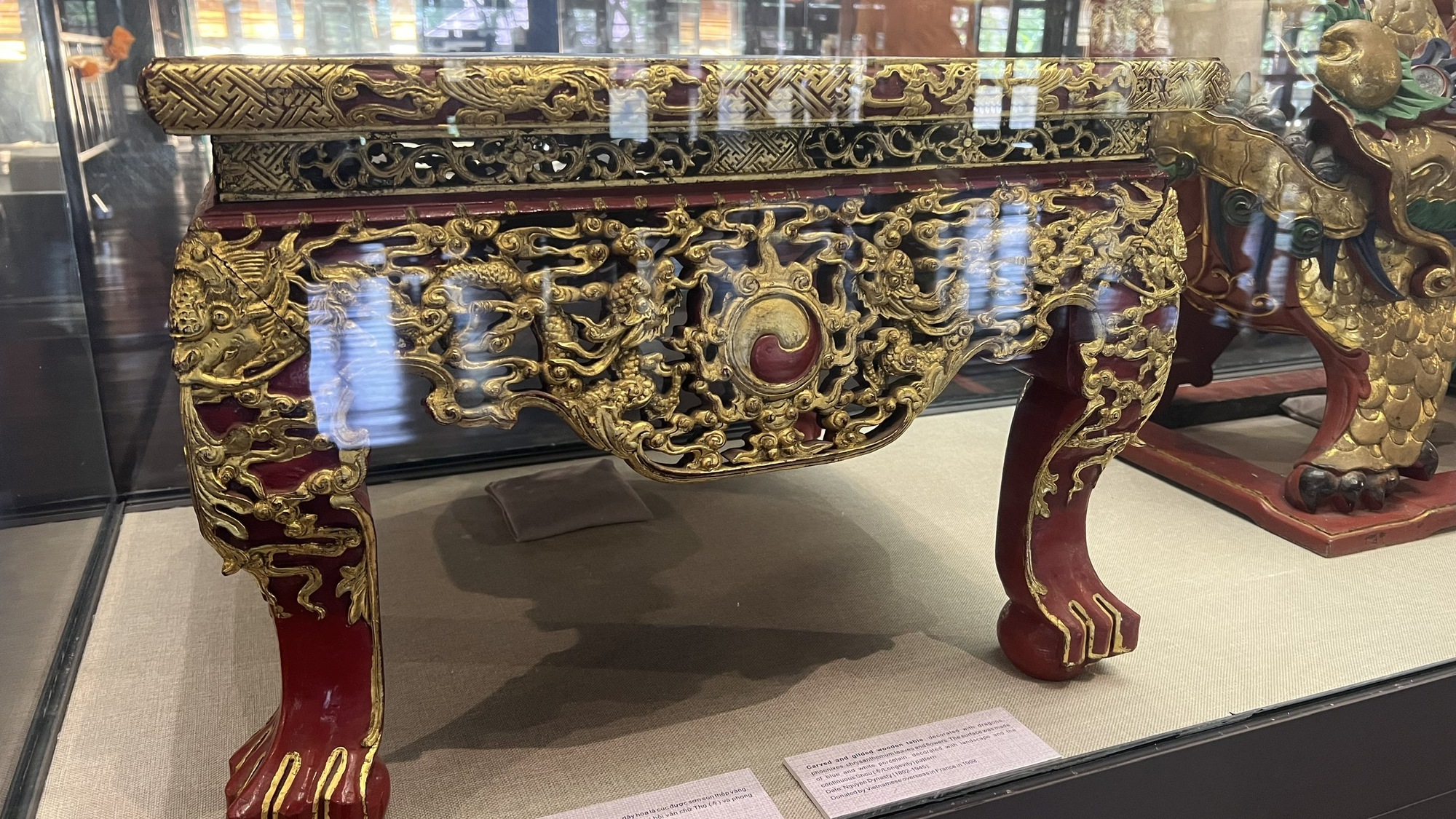
Wooden table decorated with dragon, phoenix, and chrysanthemum leaves and flowers, gilded with gold. The table top is made of white porcelain with blue glaze, decorated with longevity characters and landscapes; dated 1802-1945.
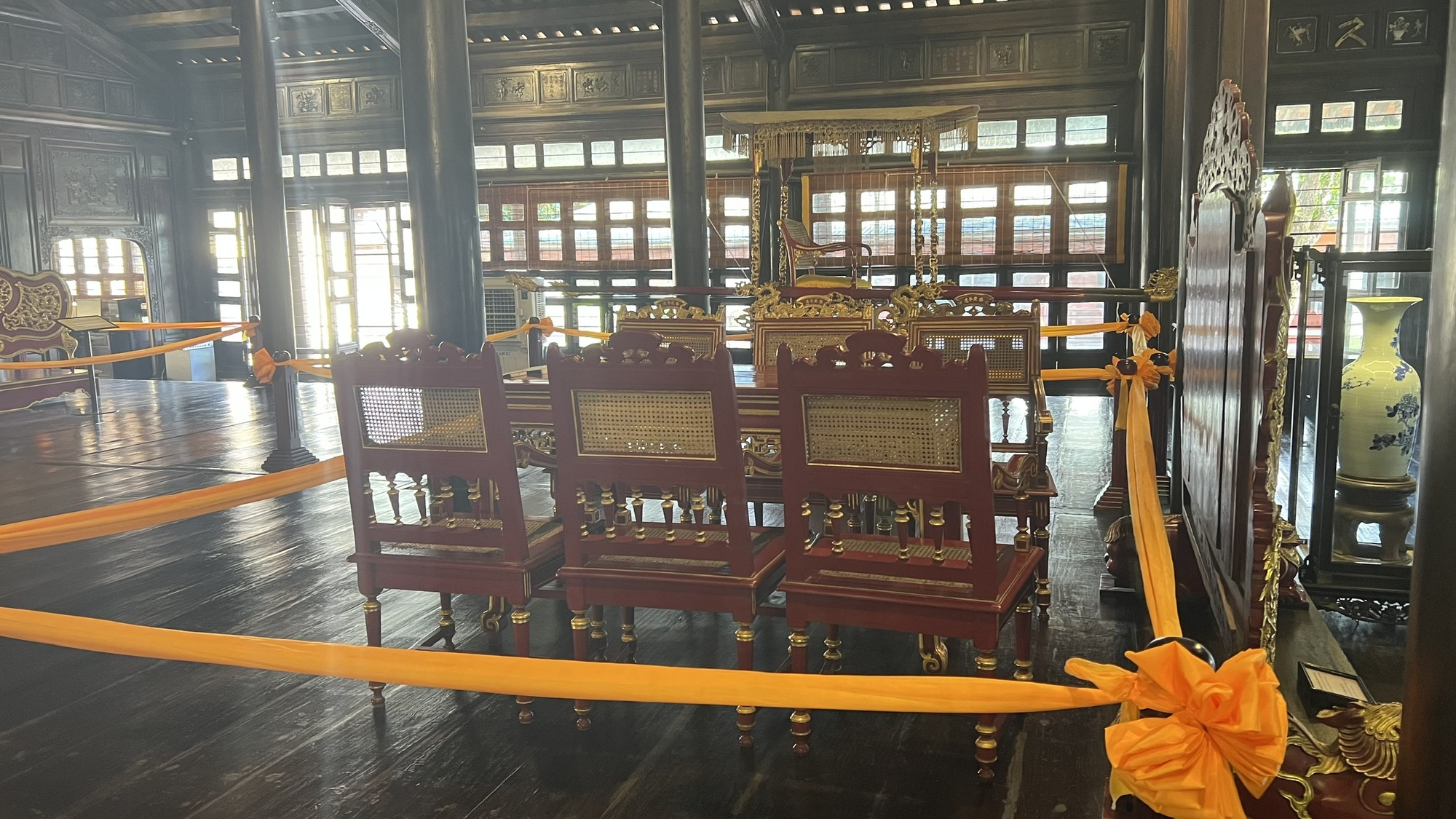
Nguyen Dynasty table and chair set
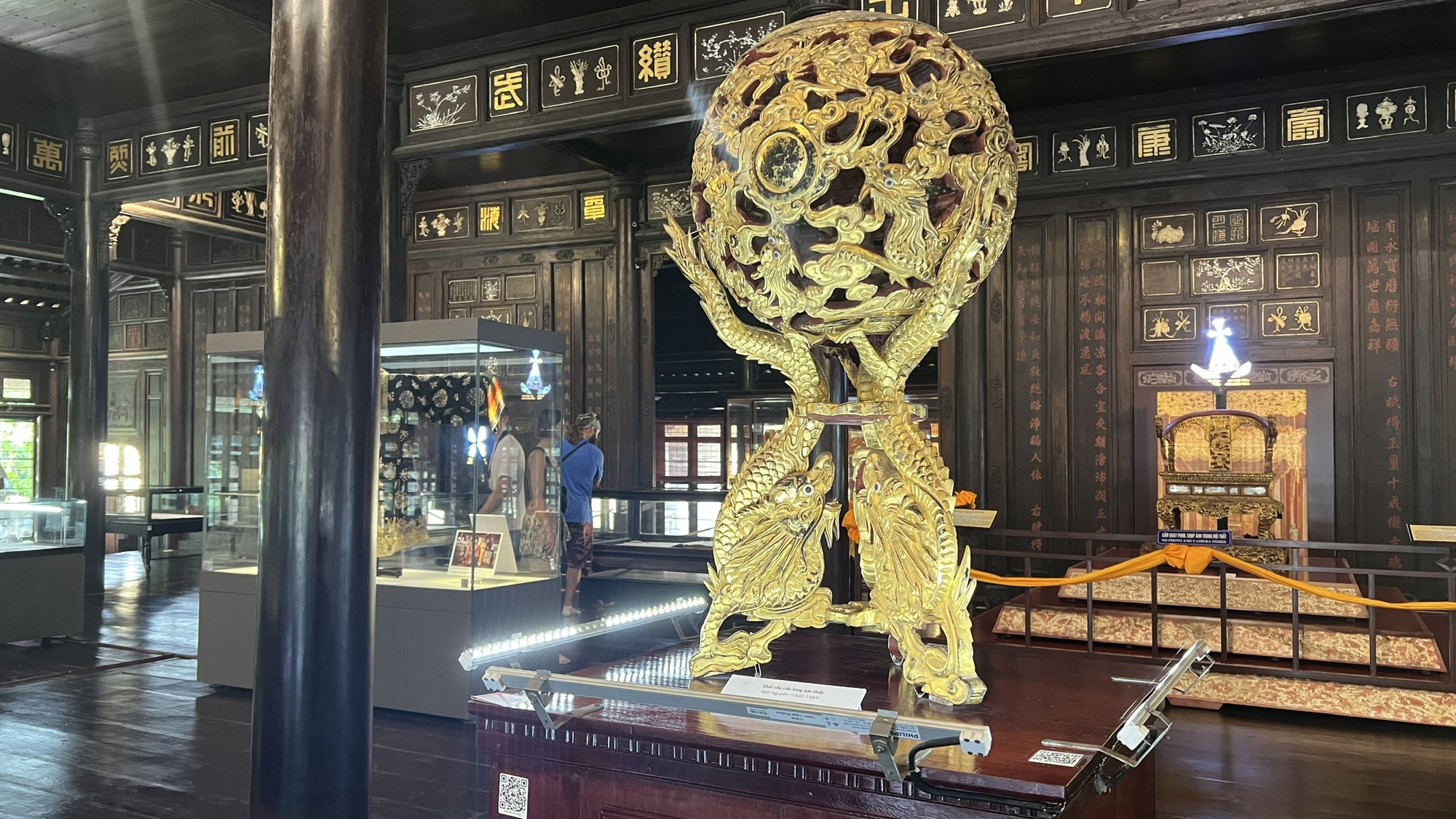
Nine Dragons gilded globe (1802-1945)
From Khai Dinh Museum to Hue Royal Antiquities Museum, through historical changes with many name changes, the museum has always fulfilled its mission as a cultural institution for the benefit of the community, contributing to preserving and promoting the value of Hue cultural heritage in particular, Vietnamese culture and humanity in general.
Besides, with the function of serving scientific research and education, the museum is also a place connecting the past - present and looking towards the future.
From the Khai Dinh Museum to the museum it is today, the Hue Royal Antiquities Museum is an attractive destination for domestic and international tourists, researchers, students, and pupils to visit and learn; a place for community cultural activities or "school heritage education" activities; fulfilling its role as a "cultural institution" and "historical, cultural, and social infrastructure".
Source


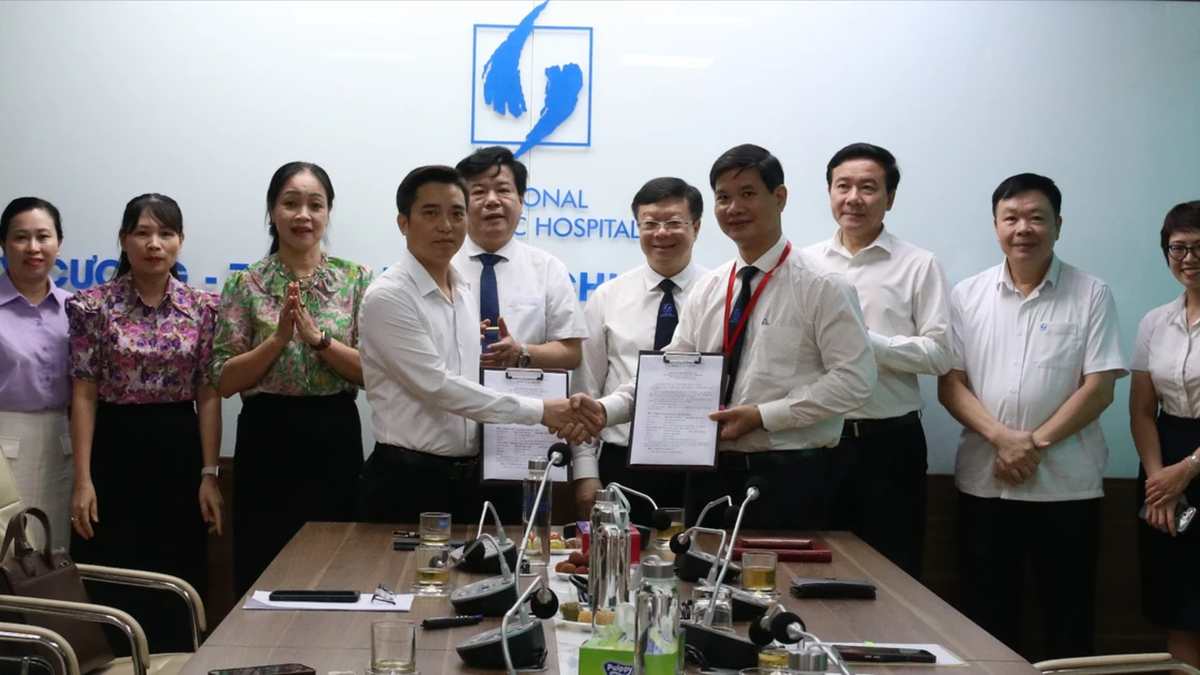
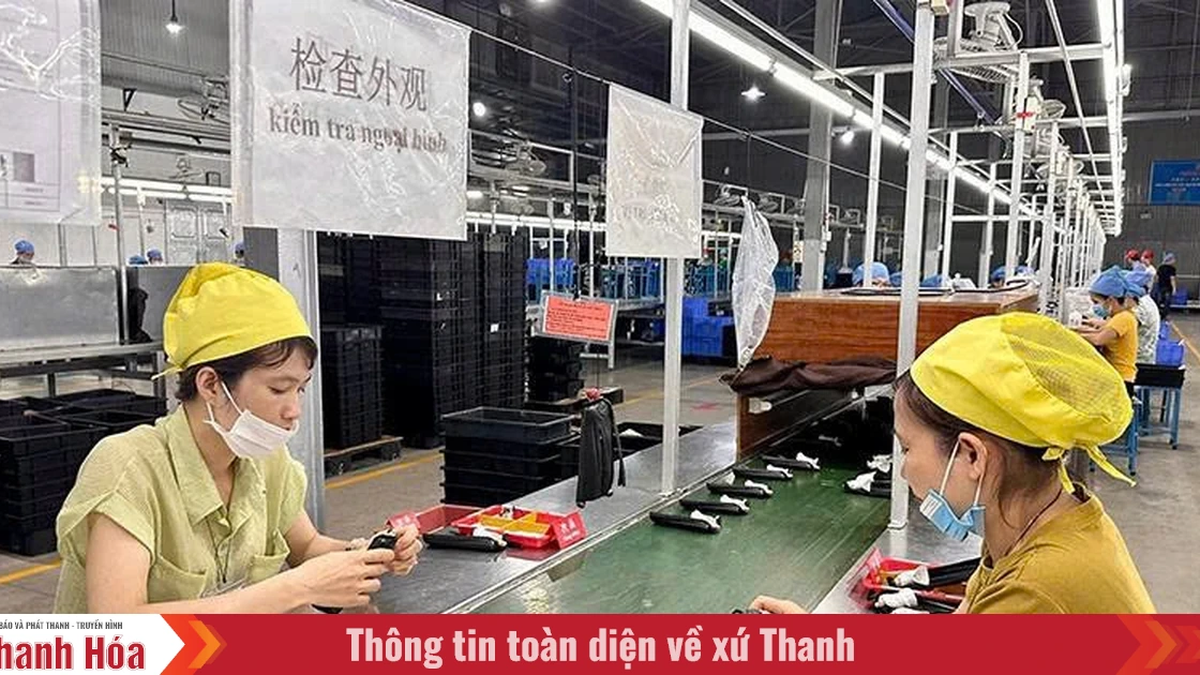
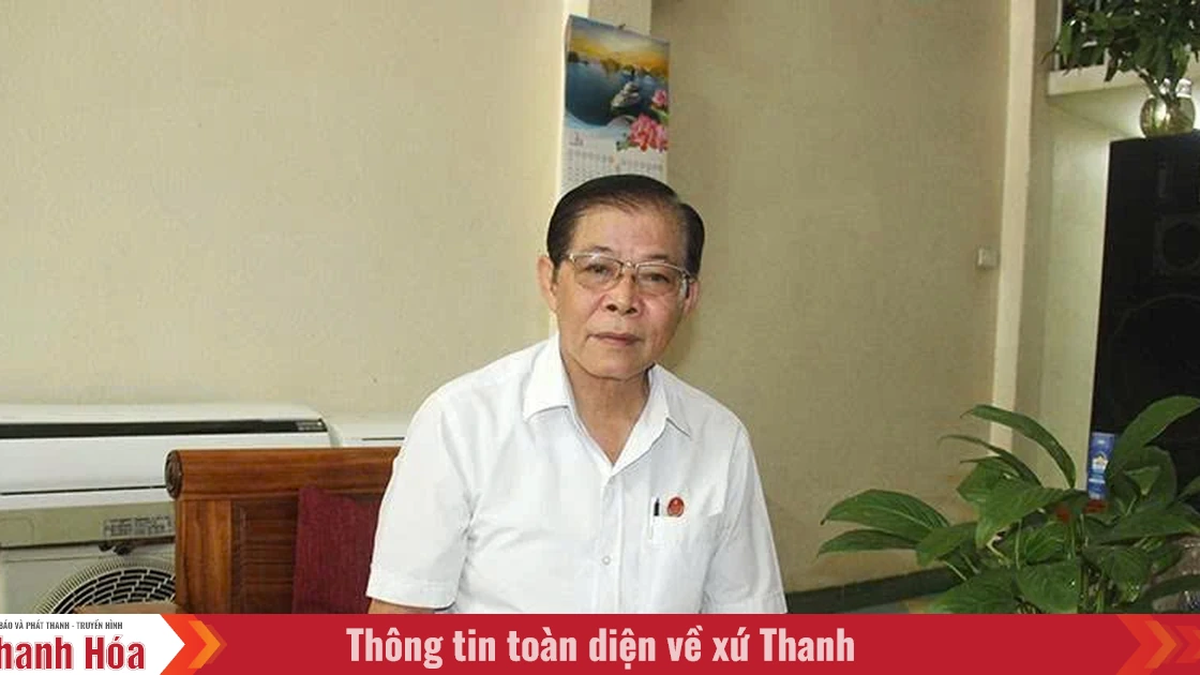
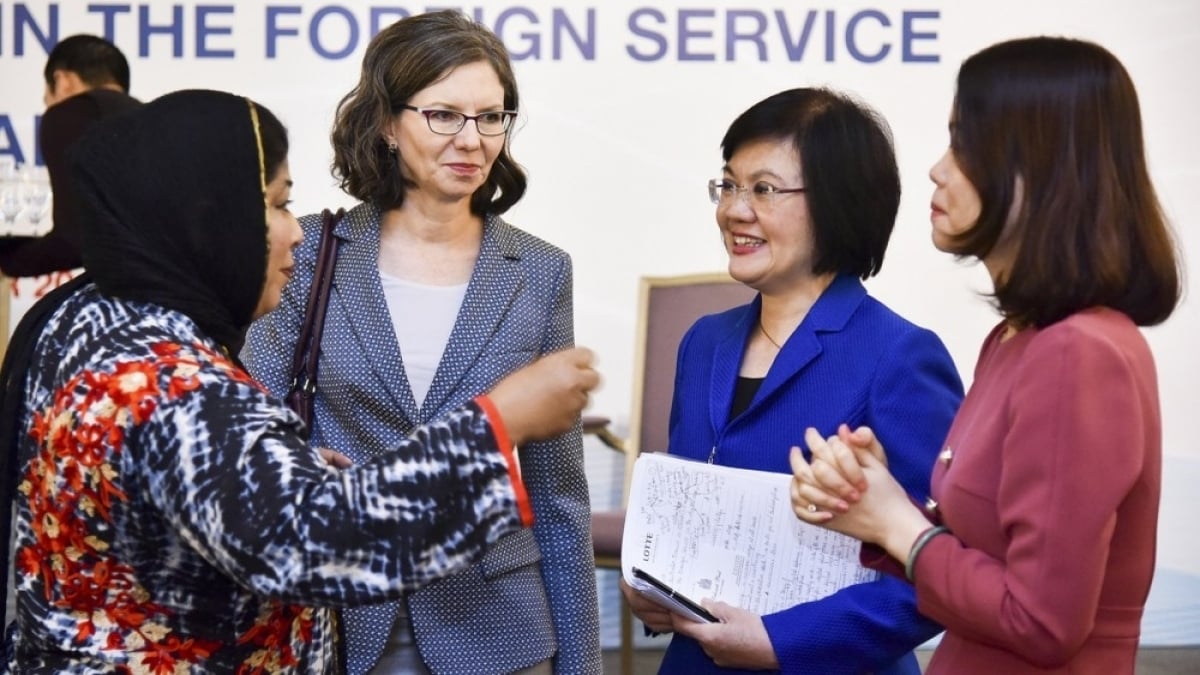
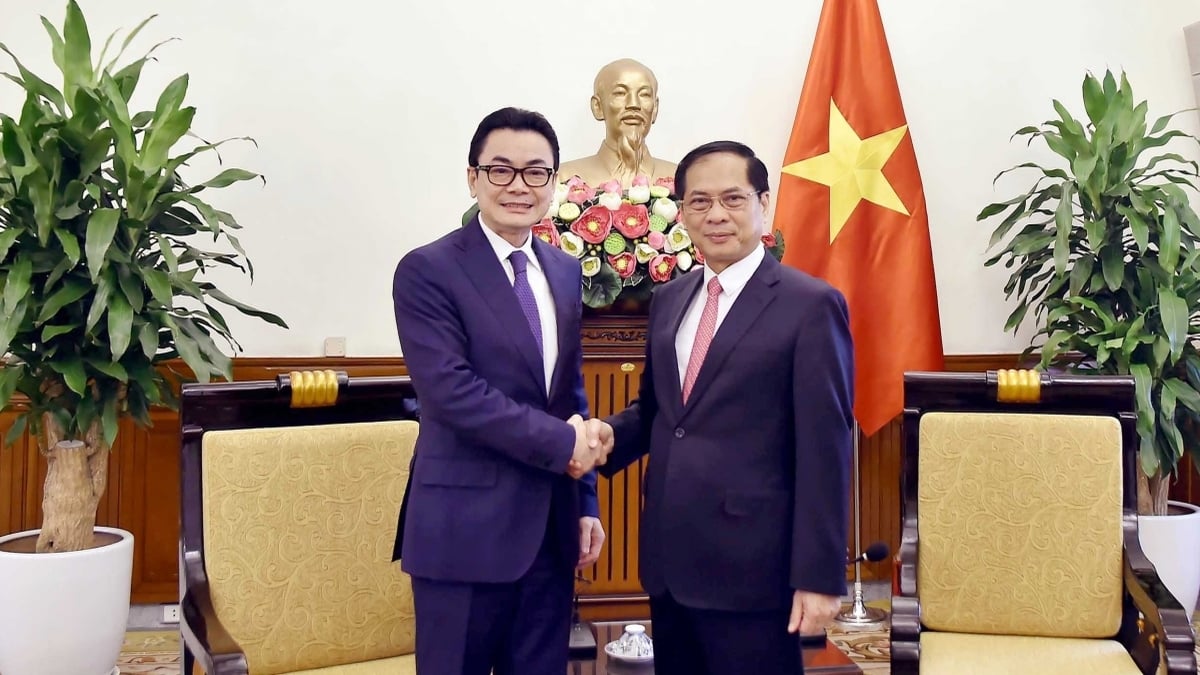
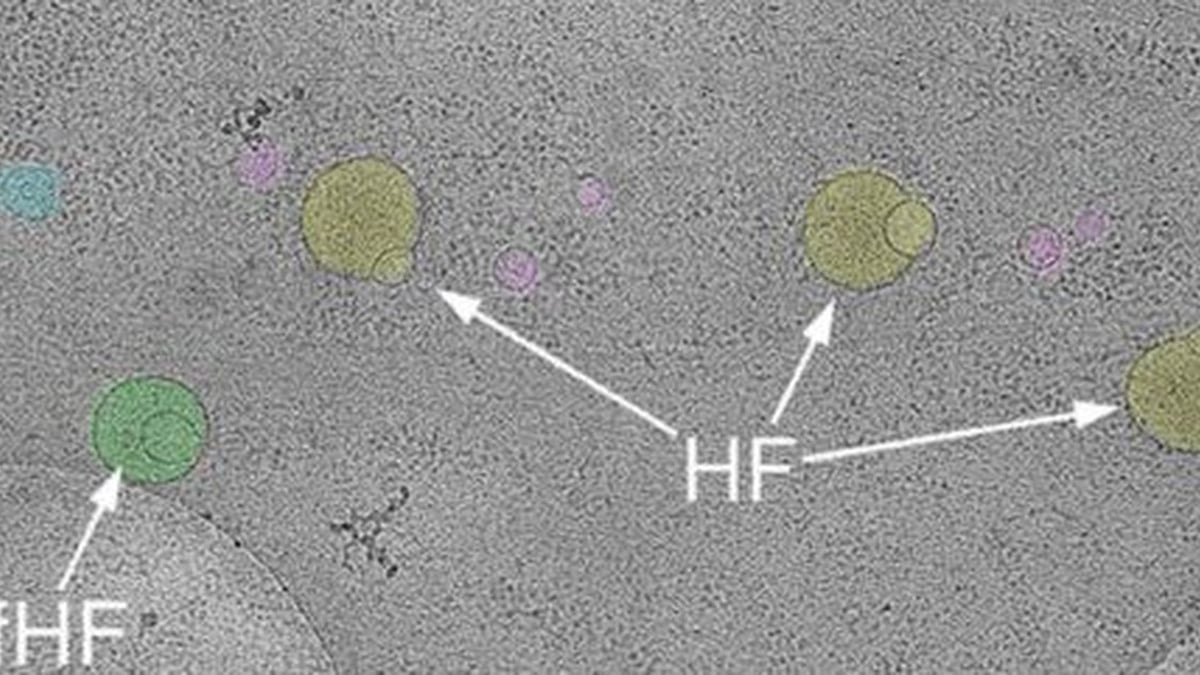
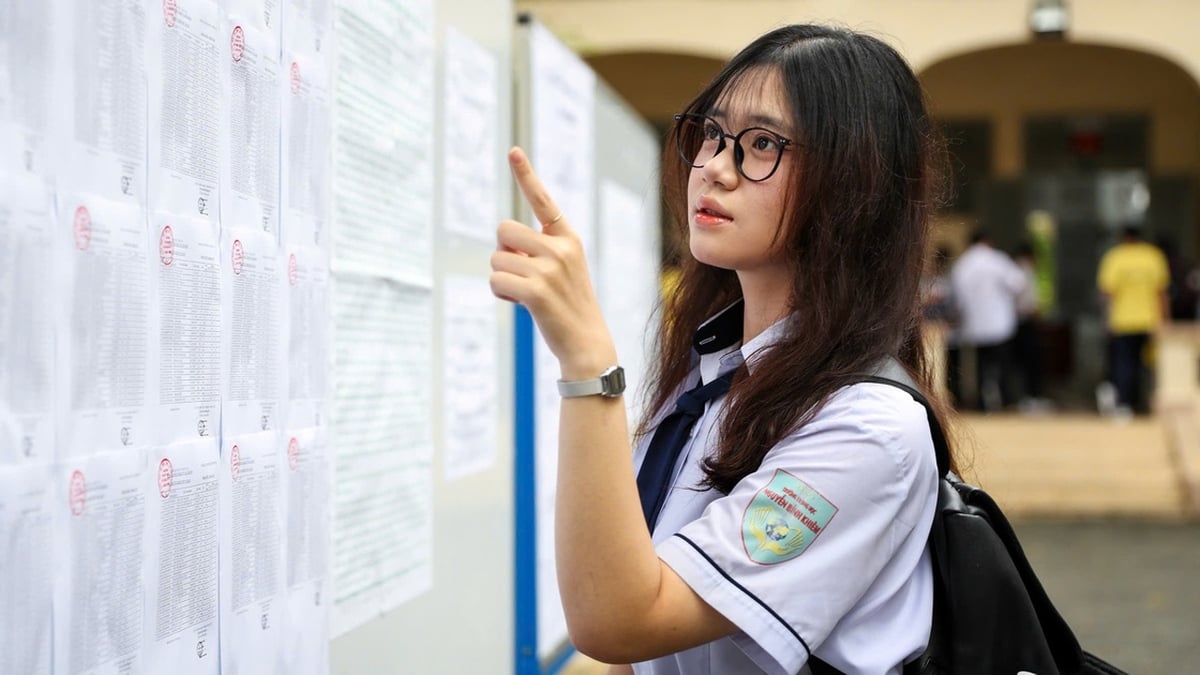

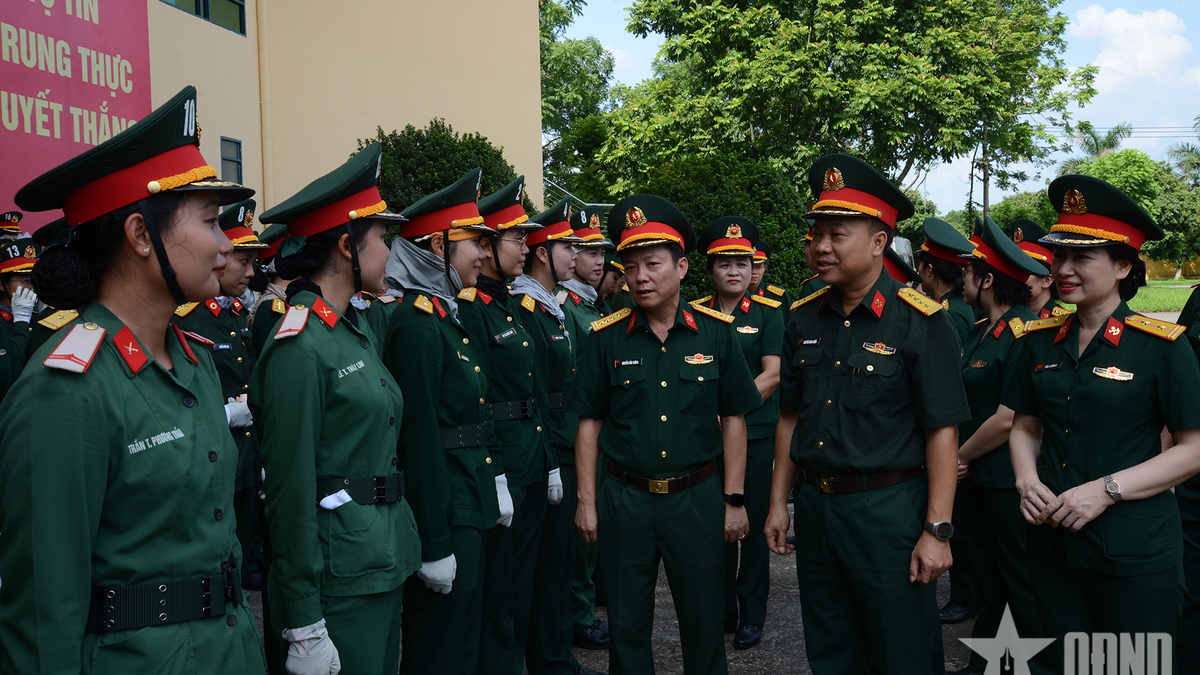
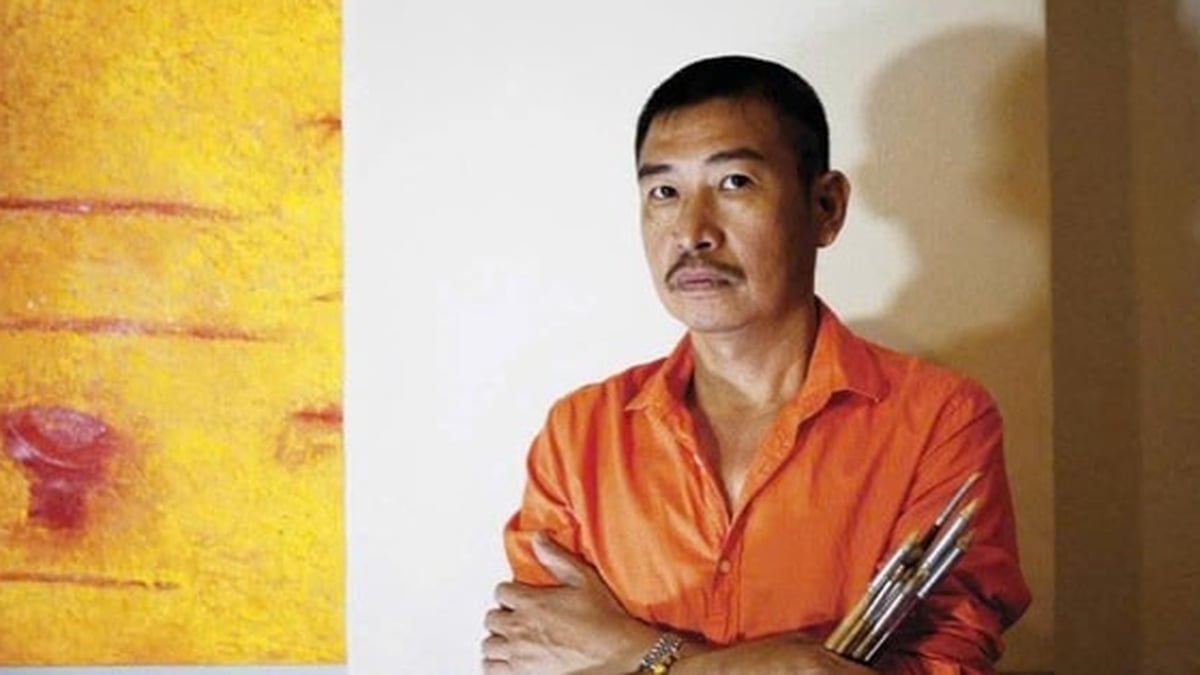





















































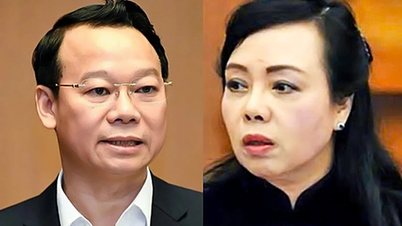
































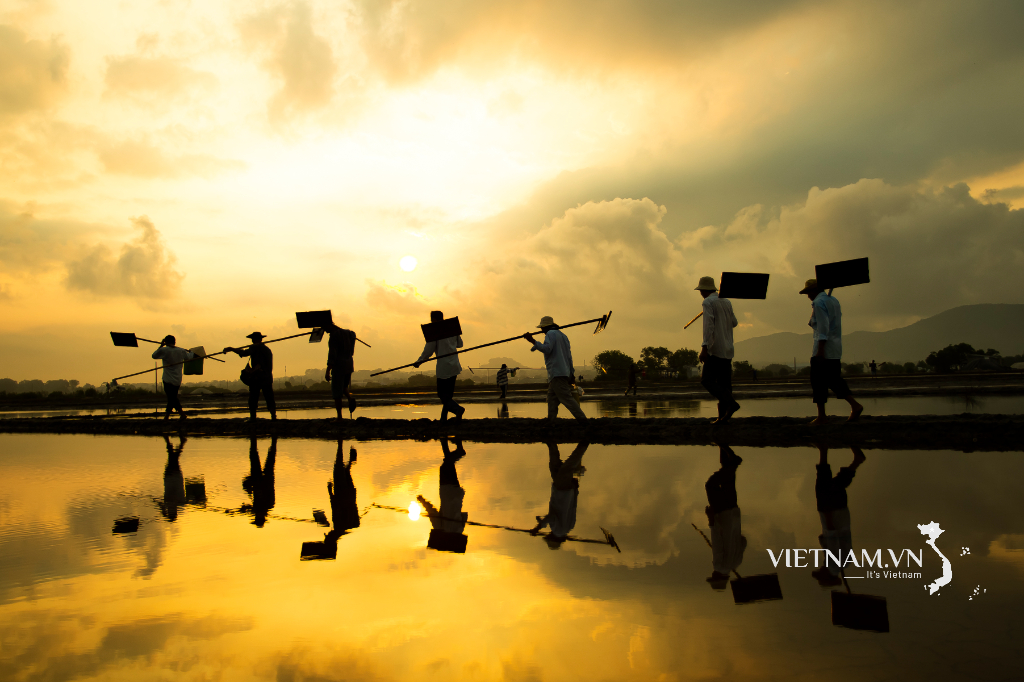

Comment (0)